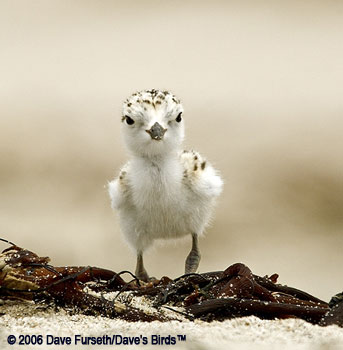
Healthy Ocean
Clean and healthy seas are critical to Santa Barbara’s future. Current efforts include:
- Chumash Heritage National Marine Sanctuary: We’re working with the Sierra Club Chapter in San Luis Obispo to create a new national Marine Sanctuary between the Channel Islands and Monterrey Bay National Marine Sanctuaries that would protect the rich ecosystems and wild ocean along the Gaviota coast. Read more at the Chumash Heritage National Marine Sanctuary website.
Wilderness Forever
This nationwide campaign focuses on protecting and expanding wilderness lands protection on public lands. Locally, we’re focusing on:
- 30X30 Campaign: Efforts to protect 30% of lands and waters by 2030.
- Central Coast Heritage Protection Act: Support efforts to protect wilderness lands and wild and scenic rivers in the Los Padres National Forest and Carizzo Plain National Monument. More info at http://centralcoastwild.com/
- Gaviota Coast: The Gaviota Coast in Santa Barbara County, California, is considered to lie between Coal Oil Point in Goleta and Point Sal near Lompoc. While the Gaviota Coast represents only 15% of the 300-mile Southern California coastline, it contains about 50% of its remaining rural coastline and a high degree of biodiversity. It includes coastal watersheds from the top of the ridge to the ocean, and Points Conception and Arguello, the southwestern extremes of the North American Continent. It is a unique and imperiled area. Unique because it encompasses the meeting of an East-West mountain chain with the Pacific ocean. The resulting coastal Mediterranean ecosystem is not found anywhere else in the United States and is rare in the world. In large part because of their benign climate, they are among the world's most threatened environments. The Southern California Coastal Province (Pt. Conception to Mexico) contains the highest density of imperiled species of anywhere in the U.S.
Wildlife Protection
California Condors, mountain lions, gray wolves, sea otters – and many more species in the Santa Barbara area need our help. Efforts include:
- Work with the CA Dept. of Fish and Wildlife (DFW) to improve the outdated State Wildlife Action Plan (SWAP) -- policies to protect and conserve wildlife in the state of California. Ensure that it includes a "complete ecosystem" approach to state wildlife management that considers the entire habitat needs of all wildlife in our state and includes protections for threatened and endangered species.
- Deadly Journeys: Threats to Wildlife Migration Corridors: Focus on protecting natural wildlife corridors to turn these deadly journeys into safe passages for wildlife.
- Whales: Ship strikes pose a large threat to whales, inlcuding endangered Blue Whales, which cannot detect and move out of the way of on-coming ships. Numerous studies have found that speed limits greatly reduce fatalities. Speed limits have been set on the east coast to protect Right Whales, but in the Pacific, limits are voluntary and insufficient. We will continue to advocate for getting ships to slow down in the Santa Barbara Channel.
- Plovers: Helped with the Snowy Plover Program UCSB's Coal Oil Point Reserve, with its sandy beach, sand dunes, and adjacent estuary mouth is one of a few choice west coast locations where the snowy plovers can breed and thrive.